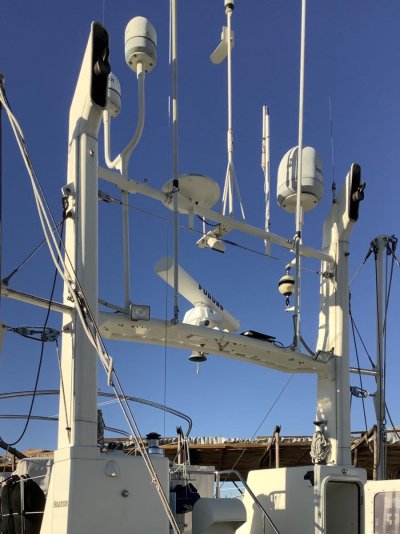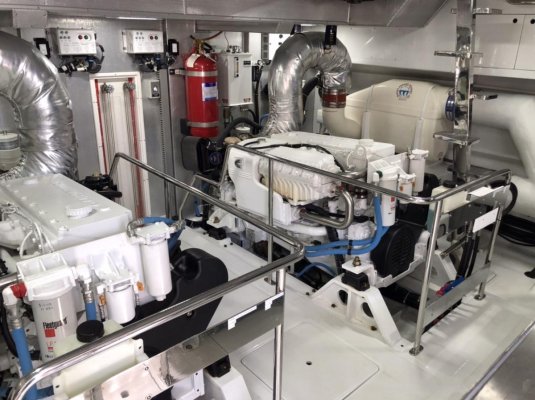firehoser75
Guru
- Joined
- Feb 18, 2018
- Messages
- 1,720
- Location
- Canada
- Vessel Name
- former owner of "Pilitak"
- Vessel Make
- Nordic Tug 37
Where I moored, there are a large number of commercial boats (both fishing and Tugs) all with dry exhaust. Also the harbour is a busy seaplane port. I found it annoying trying to "take care of my boat" and keep it clean. One time, after spending 2 full days on my hands and knees cut polishing, polishing, then waxing just the pilothouse roof, I came back 2 days after that to find the roof covered with black, sooty, oily marks that would not wash off!!!!
That is one reason why I don't like dry exhaust. It is not fair to your neighbours, IMHO.
That is one reason why I don't like dry exhaust. It is not fair to your neighbours, IMHO.




